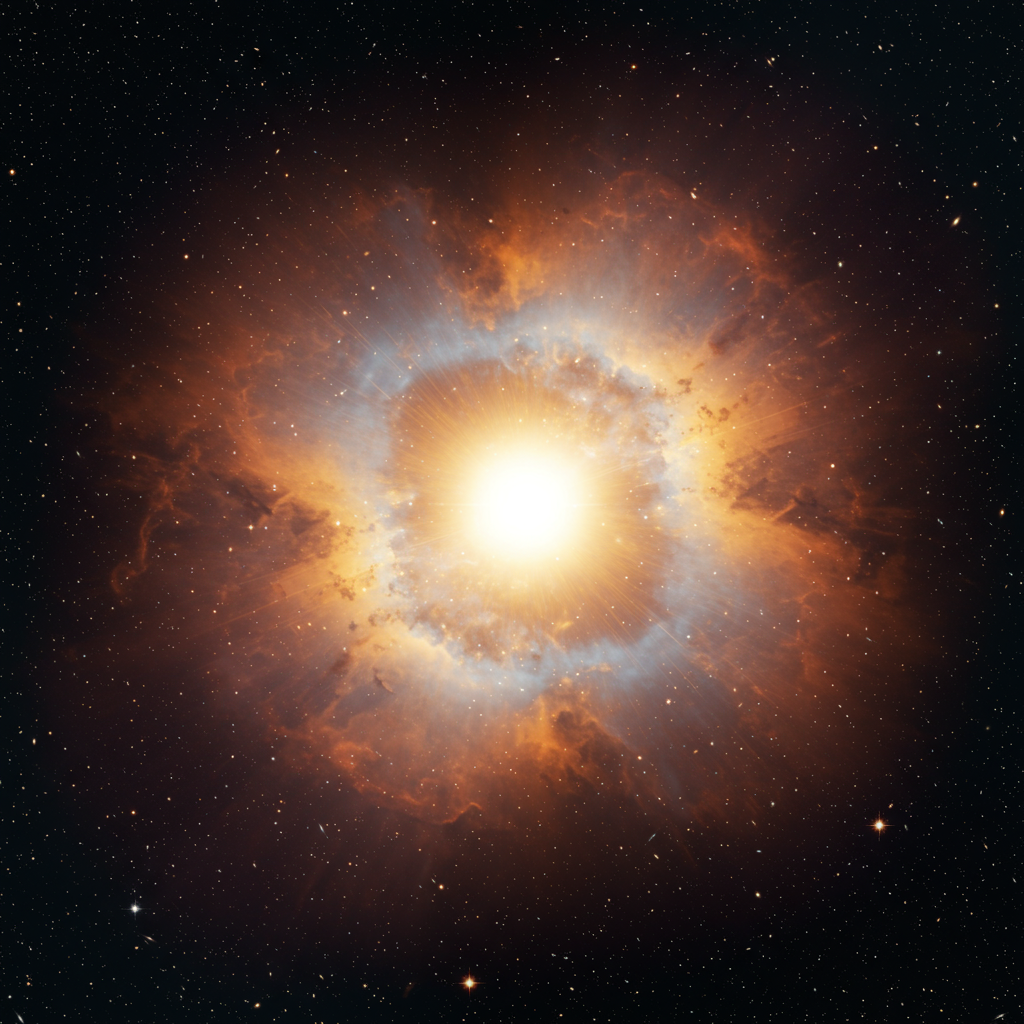Scientists operating in the frozen, isolated environment of Antarctica have detected strange radio pulses originating from beneath the ice sheet. These anomalous signals are currently baffling researchers because they defy conventional explanations and challenge our understanding of particle physics.
The peculiar findings come from the Antarctic Impulsive Transient Antenna (ANITA) experiment, a project involving scientists from institutions like Penn State University. ANITA uses a balloon-mounted detector soaring high above the continent to search for fleeting radio waves produced by ultra-high-energy cosmic rays and elusive particles called neutrinos interacting with the ice.
The Hunt for Neutrinos and a Strange Discovery
The primary goal of ANITA is to detect neutrinos, subatomic particles that are notoriously difficult to observe. Neutrinos have no electrical charge and minimal mass, allowing them to pass through most matter without interacting. While billions of neutrinos traverse your thumbnail every second, detecting even one interaction is a significant scientific event.
ANITA seeks to spot these interactions when high-energy neutrinos, particularly a type known as tau neutrinos, collide with the Antarctic ice. These collisions create secondary particles that emit radio waves, often described as “ice showers,” which the balloon-borne antennas are designed to capture from above by pointing downwards. Antarctica is an ideal location due to its vast, clear ice sheet and minimal radio interference.
However, during their search, the ANITA team picked up a series of radio pulses that were dramatically different from the expected neutrino signals.
Signals From Below the Horizon
The most puzzling aspect of the detected signals is their apparent origin. Instead of coming from above or reflecting off the ice surface as anticipated, these strange pulses seemed to emerge from beneath the Antarctic ice sheet. Moreover, they arrived at surprisingly steep angles, estimated by the researchers to be around 30 degrees below the surface of the ice.
According to Stephanie Wissel, a Penn State associate professor involved in the research and the lead author of the study published in Physical Review Letters, this upward trajectory at such steep angles is highly problematic for standard physics models.
Why the Signals Defy Explanation
Calculations performed by the team indicate that for signals to originate from below the ice at these angles and reach the detector, they would have had to travel through thousands of kilometers of dense ice and solid rock. Under the current understanding of how particles and radio waves behave, this amount of material should absorb such signals almost entirely, rendering them undetectable. The fact that these signals were detected from this direction is what makes them so inexplicable within the standard model of particle physics.
The scientists conducted extensive analysis to rule out conventional explanations. They compared the anomalous readings against detailed mathematical models and simulations of known phenomena, such as regular cosmic ray interactions and upward-going air showers. These comparisons confirmed that the detected signals did not match any known sources of radio pulses originating from beneath the ice.
“What we do know,” Wissel stated, “is that they’re most likely not representing neutrinos.”
Furthermore, the team cross-referenced their findings with data from other independent experiments that also search for high-energy particles, including the IceCube Experiment (a large neutrino observatory embedded in the Antarctic ice) and the Pierre Auger Observatory. These comparisons revealed that IceCube and Auger did not register corresponding events that could explain the ANITA anomalies, reinforcing their classification as “anomalous” and outside the scope of known physics.
Searching for the Source of the Mystery
With known particle interactions and radio propagation effects seemingly ruled out through analysis and comparison with other detectors, the scientific community is left pondering the potential source of these bizarre signals.
Several intriguing, albeit speculative, possibilities are being considered. Some theories suggest these signals could hint at interactions involving dark matter, the mysterious substance thought to make up a large portion of the universe’s mass but which interacts very weakly with normal matter. Another compelling idea is that the ANITA experiment may have detected evidence of an entirely new type of particle or a previously unknown particle interaction not accounted for in the standard model of particle physics. Complex, currently not fully understood radio propagation effects near the ice and horizon are also being explored as potential, though unconfirmed, explanations.
Solving this perplexing mystery is a high priority for researchers. While further analysis of existing ANITA data is underway, the team is also developing the next generation detector, called PUEO (Payload for Ultrahigh Energy Observations). This new instrument is planned to be larger and more sensitive, which scientists hope will enable the detection of more of these anomalous events, potentially providing enough data to finally understand their origin. As Wissel notes, the increased sensitivity might also lead to the detection of neutrinos, which remains a key objective and would be a significant discovery in itself.
Until then, the strange radio pulses emanating from beneath the Antarctic ice remain one of science’s most intriguing and unexplained puzzles, hinting at the possibility of new physics hidden in the most unexpected places.




